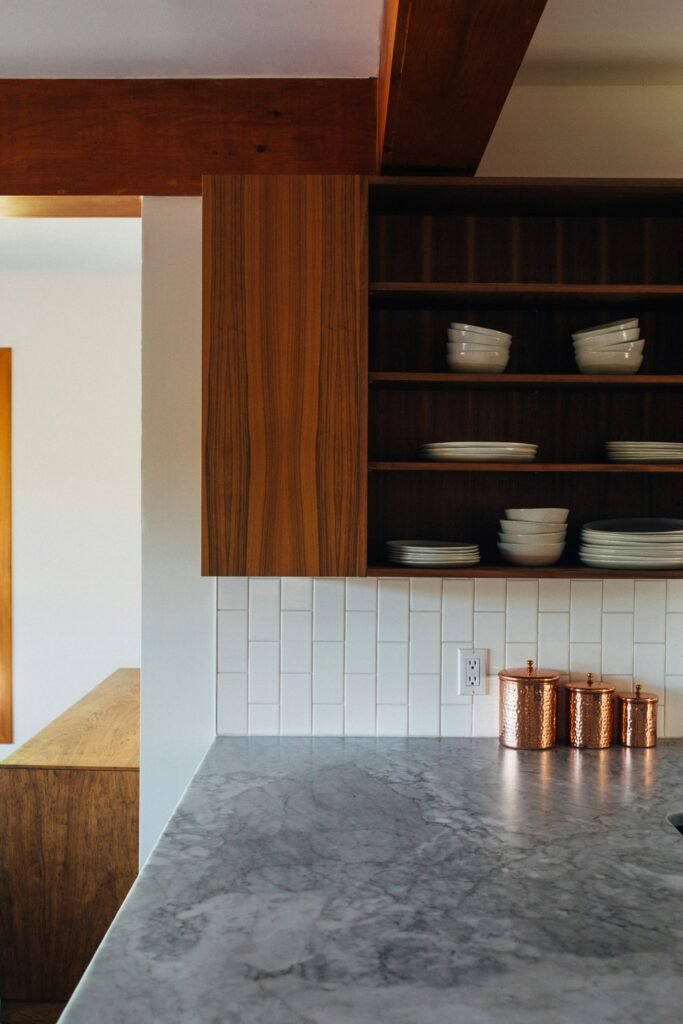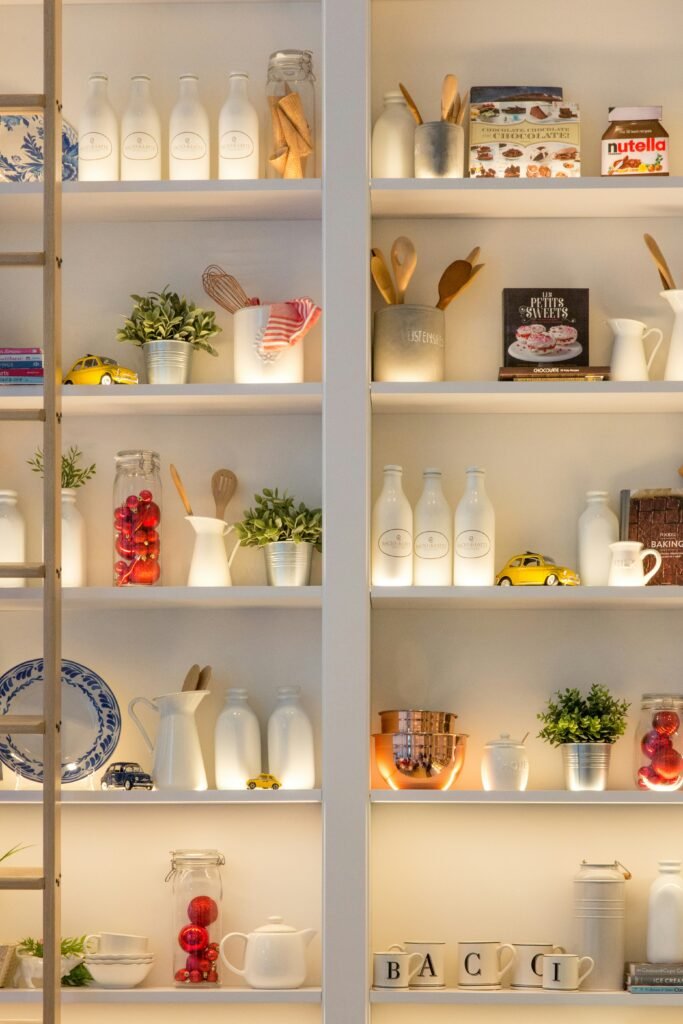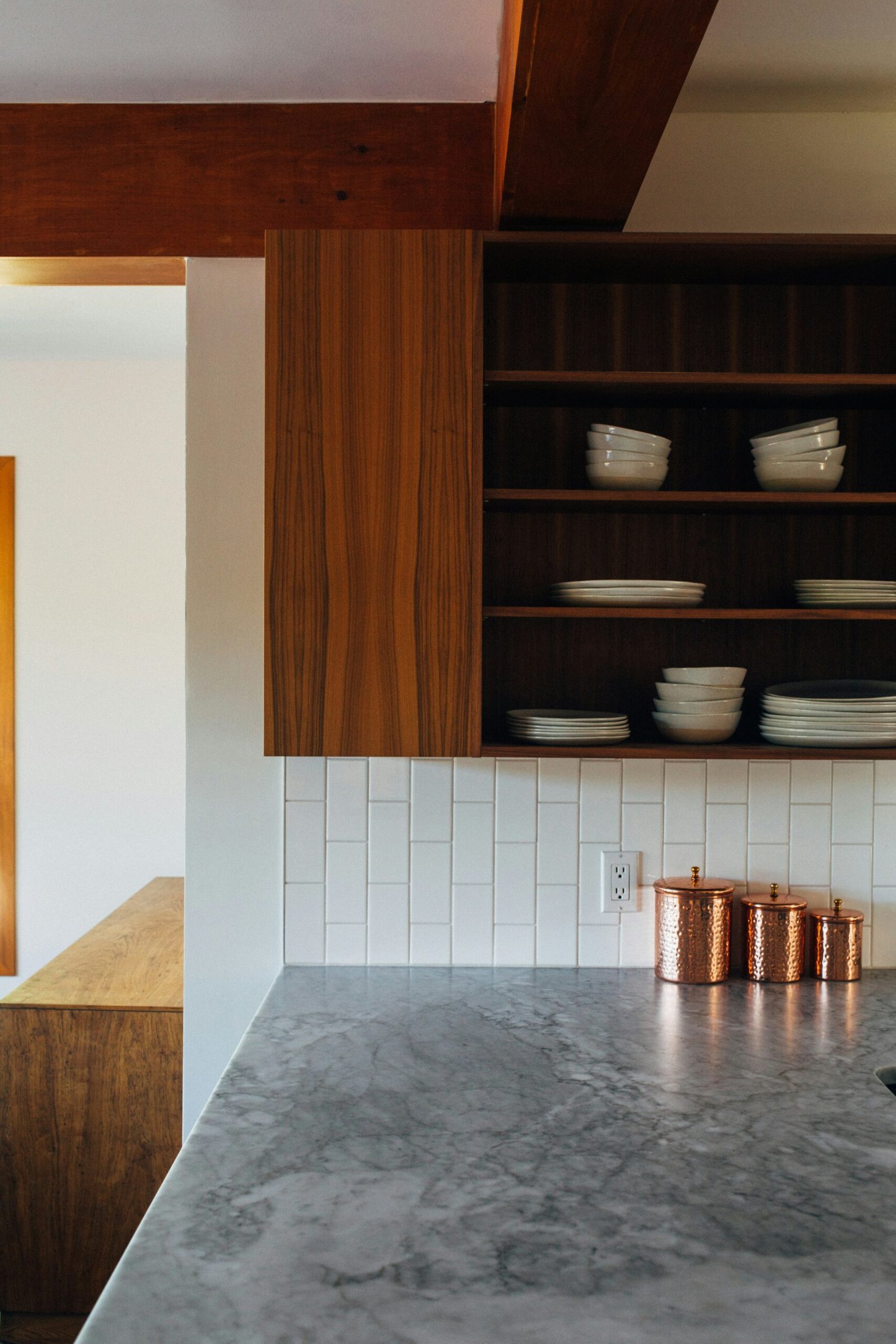You’re ready to upgrade your kitchen island with some stylish and energy-efficient LED lights. In this step-by-step guide, we’ll show you exactly how to install LED lights in your kitchen island, transforming it into a focal point that not only illuminates your workspace but also adds a touch of modernity to your kitchen decor. Whether you’re a DIY enthusiast or a novice, this easy-to-follow guide will walk you through the process, ensuring that you achieve a professional-looking result that will leave your friends and family impressed. So roll up your sleeves and let’s get started on this exciting home improvement project!
Step 1: Gathering the Necessary Tools and Materials

This image is property of images.unsplash.com.
Tools needed
To install LED lights in your kitchen island, you’ll need a few essential tools. These include a tape measure, a pencil or marker for marking measurements, a utility knife or scissors for cutting the LED light strips, cable clips or channels for routing and securing the wiring, and a screwdriver for mounting the power supply.
Materials needed
In addition to the tools, you’ll also need some materials for this project. The main material required is LED light strips, which are available in various lengths and colors. It’s important to measure the dimensions of your kitchen island to ensure you purchase LED light strips that are long enough to cover the entire underside. You’ll also need connectors or soldering tools to join the LED light strips together, adhesive backing to secure the LED light strips to the underside of the island, and a power supply to provide electricity to the lights.
Step 2: Measuring and Planning the Lighting Layout
Determining the desired lighting effect
First, think about the desired lighting effect you want to achieve in your kitchen. Are you looking for bright, task lighting or a softer, ambient glow? This will help you determine the appropriate placement and brightness level of the LED lights.
Measuring the dimensions of the kitchen island
Next, measure the length and width of your kitchen island to determine the appropriate length of LED light strips needed. Make sure to account for any corners or curves in the island’s underside when taking measurements.
Planning the placement of the LED lights
Once you have the measurements, plan the placement of the LED lights. Consider how many strips you’ll need and where they should be positioned to achieve the desired lighting effect. It’s a good idea to mark these positions with a pencil or marker so you have a guide during installation.
Step 3: Choosing the Right LED Lights
Understanding different types of LED lights
LED lights come in various forms, including flexible LED light strips, rigid LED light bars, and LED rope lights. Each type has its own benefits, so consider which one suits your kitchen island lighting project best.
Selecting the appropriate color temperature
LED lights are available in a range of color temperatures, measured in Kelvin (K). Warmer temperatures (around 3000K) emit a yellowish glow, while cooler temperatures (around 5000K) produce a more bluish-white light. Choose a color temperature that complements your kitchen’s overall design and desired ambiance.
Considering the brightness level
LED lights have different brightness levels, measured in lumens (lm). Determine the brightness level you need based on the specific lighting requirements of your kitchen island. For example, if you’ll be using the island primarily for food preparation, you may want brighter lights.
Exploring additional features
LED lights often come with additional features, such as dimmability, color-changing options, and remote control capabilities. Consider these features to add versatility and convenience to your kitchen island lighting.
Step 4: Preparing the Kitchen Island for Installation
Turning off the power
Before you begin any work, it’s important to turn off the power to the kitchen island. Locate the circuit breaker corresponding to the island’s lighting and switch it off for safety.
Removing any existing lighting fixtures
If there are any existing lighting fixtures or wiring on the underside of the kitchen island, remove them carefully. This will create a clean surface for installing the LED light strips.
Cleaning the surface of the kitchen island
Clean the underside of the kitchen island to remove any dirt, grease, or debris that may interfere with the adhesive backing of the LED light strips. Use a mild cleaning solution and a soft cloth to ensure the surface is ready for installation.
Step 5: Installing the LED Light Strips

This image is property of images.unsplash.com.
Cutting the LED light strips to the desired length
Using the measurements you took earlier, cut the LED light strips to the appropriate length. Most LED light strips have designated cutting points marked, making it easy to get the perfect fit for your kitchen island.
Peeling off the adhesive backing
Once the LED light strips are cut, peel off the adhesive backing to expose the sticky side. Be careful not to touch the adhesive directly, as oils from your skin can reduce its stickiness.
Carefully adhering the LED light strips to the underside of the kitchen island
With the adhesive exposed, carefully adhere the LED light strips to the underside of the kitchen island. Follow the measurements and markings you made earlier to ensure the strips are aligned properly.
Securing the strips in place
To ensure the LED light strips stay in place, press them firmly against the surface of the kitchen island. Pay attention to any corners or curves, making sure the strips adhere securely to these areas as well.
Step 6: Connecting the LED Light Strips
Identifying the positive and negative terminals
LED light strips have positive and negative terminals that need to be connected correctly for the lights to work. Take a close look at the strips to identify these terminals. The positive terminal is usually marked with a plus sign or a color distinction.
Using connectors or soldering to join the strips
Depending on the type of LED light strips you have, you can either use connectors or soldering tools to join them together. Connectors are easier to work with for beginners, while soldering provides a more secure connection. Follow the manufacturer’s instructions for proper connection methods.

This image is property of images.unsplash.com.
Testing the connections
Once the LED light strips are connected, it’s crucial to test the connections before proceeding further. Turn on the power temporarily and check if all the lights are functioning properly. This step ensures that the wiring is correct and prevents any issues later on.
Step 7: Routing and Hiding the Wiring
Determining the best route for the wiring
To ensure a clean and professional look, determine the best route for the wiring. Consider any existing holes or channels in the kitchen island that can be used to conceal the wiring.
Using cable clips or channels to secure the wires
Once you have determined the route for the wiring, use cable clips or channels to secure the wires in place. This will prevent them from hanging down and ensure they stay hidden from view.
Concealing the wires within the kitchen island
If possible, try to conceal the wires within the kitchen island by tucking them into existing channels or using adhesive cable channels. This will create a seamless appearance and minimize the visibility of the wiring.
Step 8: Mounting the LED Power Supply
Choosing a suitable location for the power supply
Select a suitable location for mounting the LED power supply. It should be easily accessible but hidden from view. Look for areas on the underside of the kitchen island where the power supply can be securely attached.
Securing the power supply to the underside of the kitchen island
Using screws or adhesive strips, secure the power supply to the chosen location on the underside of the kitchen island. Make sure it is firmly attached to prevent any movement or potential damage.
Connecting the power supply to the LED light strips
Once the power supply is securely mounted, connect the wires from the LED light strips to the corresponding terminals on the power supply. Follow the manufacturer’s instructions to ensure proper connection and prevent any electrical issues.
Step 9: Testing and Adjusting the LED Lights
Turning on the power
Now that all the connections and installations are complete, it’s time to turn on the power. Flip the circuit breaker switch back on and prepare to see your kitchen island illuminated with beautiful LED lighting.
Checking if all LED lights are functioning properly
After turning on the power, check if all the LED lights are functioning properly. Take a few moments to inspect each section of the LED light strips and ensure there are no flickering lights or dark spots.
Adjusting the placement or brightness level if needed
If you’re not satisfied with the placement or brightness level of the LED lights, this is the time to make adjustments. You can easily reposition the strips or adjust the power supply to achieve the desired lighting effect.
Step 10: Enjoying the Benefits of LED Lighting in the Kitchen
Experience enhanced visibility and task lighting
With your newly installed LED lighting, you’ll experience enhanced visibility in your kitchen. LED lights provide excellent task lighting, making food preparation and cooking easier and safer.
Appreciate the energy efficiency
LED lights are known for their energy efficiency. They consume significantly less energy than traditional lighting options, resulting in reduced electricity bills and a reduced environmental impact.
Create a stylish and modern ambiance
LED lights add a touch of modernity and style to any space, including your kitchen. Their sleek appearance and the ability to customize colors and brightness levels allow you to create a stylish ambiance that suits your personal taste.
Enjoy the long lifespan of LED lights
LED lights have an impressive lifespan compared to other lighting options. They can last up to 50,000 hours or even more, meaning you won’t have to worry about replacing bulbs frequently.
Now that you’ve completed the installation process, sit back, relax, and enjoy the benefits of your newly installed LED lights in your kitchen island. The enhanced visibility, energy efficiency, stylish ambiance, and long lifespan of LED lights will undoubtedly elevate your culinary experience.
